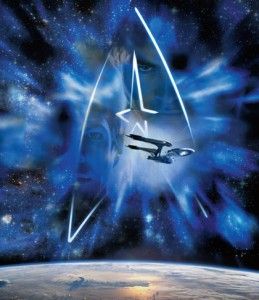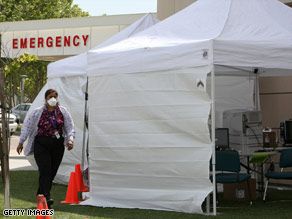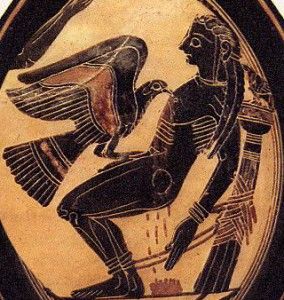Unique opportunity to sponsor research investigating an infectious cause and potential treatment for Alzheimer’s disease
Alzheimer’s disease afflicts some 20 million people world-wide, over 5 million people of whom reside in the United States. It is currently the seventh-leading cause of death in the US. The number of people with the disease is predicted to increase by over 50% by 2030. The economic as well as emotional costs are huge, the costs being estimated as more than $148 billion each year (direct and indirect, for of all types of dementia, to Medicare, Medicaid and businesses).
The causes of Alzheimer’s disease are unknown, apart from the very small proportion with familial disease. We are investigating the involvement of infectious agents in the disease, with particular emphasis on the virus that causes oral herpes/cold sores/fever blisters. We discovered that most elderly humans harbour this virus in their brains and that in those (and only those) who possess a certain genetic factor, the virus confers a strong risk of developing Alzheimer’s disease. Also, we found that the virus is directly involved with the characteristic abnormalities seen in the brains of Alzheimer’s disease patients.
There are several treatment possibilities available to combat this virus and all would be suitable candidates as therapies in Alzheimer’s disease. However, much more research is needed before trials of these agents for Alzheimer’s disease in humans can begin.
In these financially difficult times many funding bodies have to prioritise projects based around long established hypotheses. Projects involving new avenues of investigation can receive very positive comments by scientific reviewers, yet are rarely funded, as they almost always appear risky compared with projects largely confirming or expanding existing ideas. Such conservative projects are almost guaranteed to produce useful data, though with modest impact. This situation can mean that research proposals with the potential to transform our understanding of a disease and offer new approaches to its treatment never reach the threshold for funding and are not implemented, even though the potential and quality of the science is acknowledged by reviewers and funding panel.
It appears that our work examining a viral cause for Alzheimer’s disease is in this category. Despite our publishing a large number of potentially very exciting papers on this topic, and despite our research projects being reviewed favourably by scientific referees, few funding panels are prepared to commit resources to fund our work, as by doing so they deny funding to other more straightforward, very low risk projects.
We are therefore actively seeking sponsorship for several projects of varying costs to investigate the interaction of virus and specific genetic factor, the pathways of viral damage in the brain, and the effects of antiviral agents. All the projects would provide significant evidence strengthening the case for trialling antiviral agents in Alzheimer’s disease.
Antiviral agents would inhibit a likely major cause of the disease in contrast to current treatments, which merely inhibit the symptoms.
If any Lifeboat member knows of a company or individual that would be interested in sponsoring some of our research on Alzheimer’s disease then please contact me for further details.
Ruth Itzhaki
Contact details:
Faculty of Life Sciences, Moffat Building, The University of Manchester, Manchester M60 1QD, UK
Further reading:
The Times, London
http://www.timesonline.co.uk/tol/news/uk/health/article5295794.ece
Journal of Pathology
http://www3.interscience.wiley.com/journal/121411445/abstract
The Lancet
http://www.thelancet.com/journals/lancet/article/PIIS0140-6736(96)10149-5/abstract
I would gladly email any further information.



